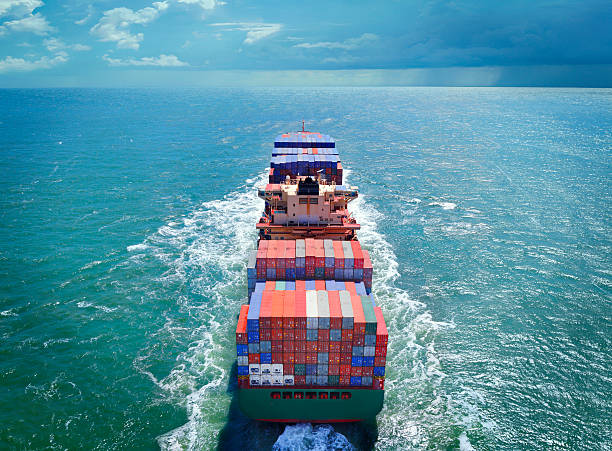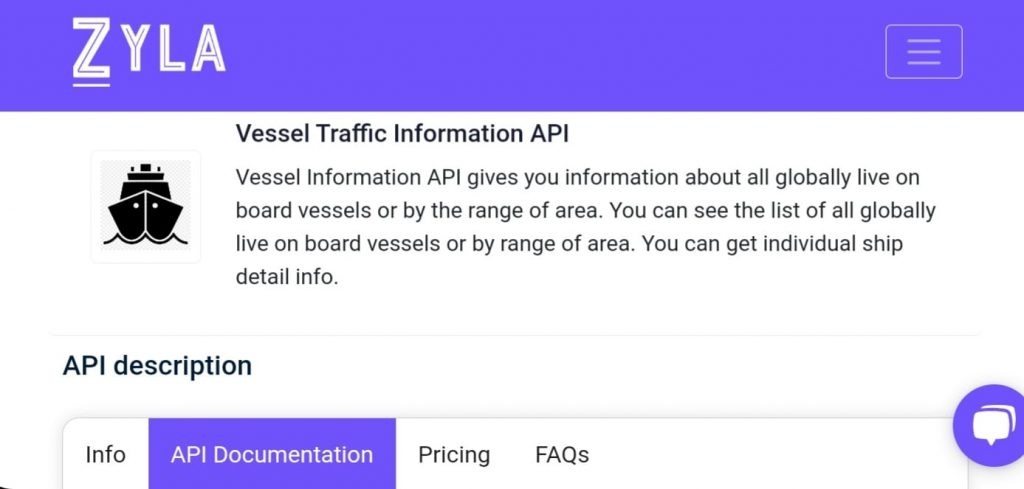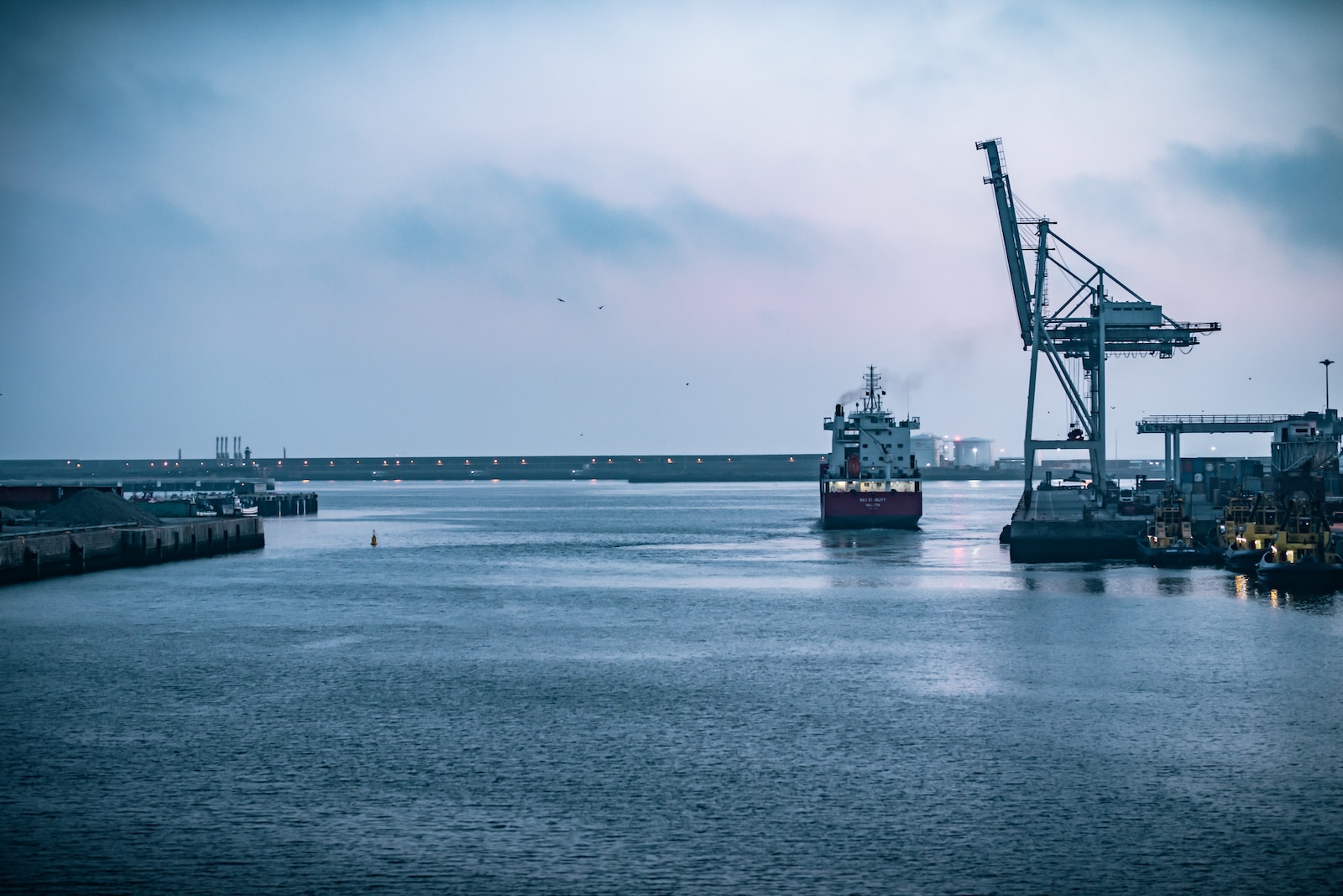But how do you know if the ship you are looking for is the right one? You can use a vessel finder API to find out. If you want to learn more about ship tracking and how to use a ship tracker API, keep reading.
Population growth is another element that will have an effect on shipping. A rise in demand for products will occur as populations continue to expand. There will be more shipping activity all over the globe as a result.
Why Should Developers Use A Vessel Finder API?
- First, it’s easy to use and doesn’t require any special training or expertise.
- Second, it’s affordable and can save you time and money by helping you avoid expensive mistakes.
- Third, it can help you improve your shipping operations by giving you access to real-time data on weather conditions, traffic patterns, and more.
- So if you’re looking for a way to improve your shipping operations or just want to know where your favorite vessel is at any given time you should use this API.

Vessel Traffic Information API: The Best Option
If you’re looking for a reliable way to track vessels around the world, then you should consider using the Vessel Traffic Information API. This API provides detailed information about vessels such as their position, speed, and course, as well as information about any routes they may be following. Also, this API is constantly being updated with the latest vessel data, so you can be sure that you’re getting the most accurate information available.
The Vessel Traffic Information API is a great location to start learning about ship monitoring because of its ease of use and accurate data. Using this API, you may find the most recent information about ship movements anywhere in the world. Numerous uses for this information include tracking shipments and monitoring maritime activity.

Vessel Traffic Information API: How Does It Work?
First, go to the Zyla API Hub. It is an API marketplace. Find the Vessel Traffic Information API and register. (this API offers a 7-days trial).
After that, you’ll have your own API key so you may use the tool.
Use the endpoint of your choice.
- GET VESSEL DATA BY SHIP ID.
- GET VESSELS BY GEO LOCATION.
- GET VESSEL DATA BY SHIP NAME
- GET VESSEL BY IMO CODE.
- GET CURRENT ROUTE BY IMO CODE.
For example the following responses indicate how to obtain ship data by ship ID if you select “GET VESSEL DATA BY SHIP NAME”:
{
"ship_name": "CL DALIAN",
"total_vessel": 1,
"vessels": [
{
"COURSE": "95",
"DESTINATION": "ES ALG",
"DWT": "81700",
"ELAPSED": "550",
"FLAG": "HK",
"GT_SHIPTYPE": "6",
"HEADING": "95",
"LAT": 40.58742,
"LENGTH": "229",
"LON": -33.16847,
"L_FORE": "198",
"ROT": "0",
"SHIPNAME": "CL DALIAN",
"SHIPTYPE": "7",
"SHIP_ID": "726545",
"SPEED": "110",
"TYPE_NAME": "Cargo",
"WIDTH": "32",
"W_LEFT": "12"
}
]
}Therefore, whether you want to track a specific ship or merely gather some information about a ship for your own requirements, Vessel Traffic Information API is perfect for you. The nicest aspect is how reasonably priced it is! You are free to make as many requests as you’d like, and they are all very inexpensive. Give it a go!

